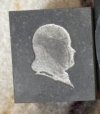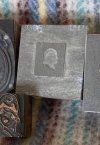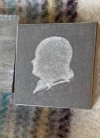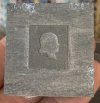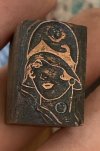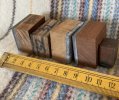To all
I’m looking to identify this piece. I believe it’s an early step of engraving process to create transfer dies for postage stamps. If Im incorrect, what else may it be? If it is what I believe, any clue as to who the engraver was and the year time frame?
I’m looking to identify this piece. I believe it’s an early step of engraving process to create transfer dies for postage stamps. If Im incorrect, what else may it be? If it is what I believe, any clue as to who the engraver was and the year time frame?


